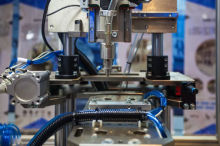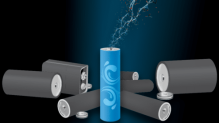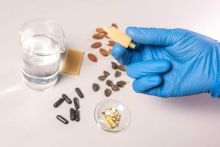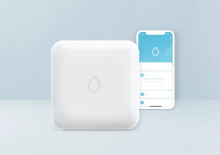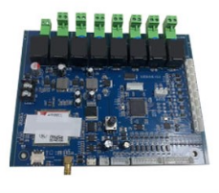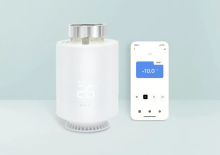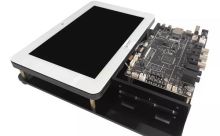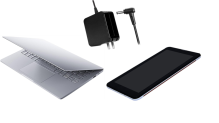MEMS accelerometers maintain the accuracy and reliability of heart rate measurements at the level provided by ECG and have been tested under a variety of conditions ranging from physical inactivity to high levels of heart-intensive activity. The accelerometer eliminates noise in optical blood flow detection by tracking hand movements and vibrations in the system, thus enabling the system to distinguish between signals representing the actual cardiac pulse and noise caused only by hand movements. Accelerometers can also determine the wearer's level of physical activity.
"The precision and performance of the chip allowed us to apply the most rigorous scientific criteria to the PulseOn heart rate measurement technology to produce reliable results, including beat accuracy at rest," said engineering director Jari Nousiainen of pulse-on. "Just as importantly, the tiny size and energy budget of these devices has become a competitive advantage for the smallest and most accurate wrist-worn heart rate monitors on the market."
Another way to miniaturize a health monitor is to integrate as much data acquisition as possible on a single chip. Analog Devices' ADuCM350 is a high-precision on-chip meter designed to operate on button batteries in portable device applications such as point-of-care diagnostics and wearables. By combining current, voltammetry, and impedance measurement capabilities in the analog front end with a flexible switching matrix, a variety of sensors can be used in the smallest occupied area, thereby reducing the overall size of the system. This uses a 16-bit, precision, 160 kSPS analog-to-digital converter (ADC); 0.17% precision voltage reference; 12-bit, leak-free digital-to-analog converter (DAC); And a reconfigurable ultra-low leakage switch matrix. There is also a temperature sensor that ranges from 0°C to 50°C with an accuracy of ±1°C.
The chip also includes an ARM Cortex-M3 based low-power processor, 384 kB embedded flash memory, 32 kB system SRAM and 16 kB flash configuration EEPROM, as well as I/O support for portable meters with display, USB communication and active sensors. AFE is connected to the ARM Cortex-M3 via a High Performance bus (AHB) from the interface as well as direct memory access (DMA) and interrupt connections.
To reduce system size, all of this is packaged in a 120-pin, 8 mm × 8 mm chip-level ball grid array (CSP_BGA) operating at temperatures ranging from -40°C to +85°C for many different environments.
Of course, power is an important consideration for system miniaturization, as lower power allows for smaller batteries. Therefore, the ADuCM350 has a range of power modes, such as dynamic and software controlled clock and power gating.
Freescale Semiconductor's MK50DX256CLK10 is also aimed at small sensor applications with a wide range of integrated peripherals. These include two 16-bit successive approximation SAR ADCs, a programmable gain amplifier (PGA) (up to X64) integrated in each ADC, two operational amplifiers and two transresistance amplifiers. For data output, there are two 12-bit Dacs, three Analog comparators (CMP), containing a 6-bit DAC and programmable reference inputs and a voltage reference, all of which make the system more integrated.
Communication interfaces include a USB full speed/low speed on-go controller with on-chip transceivers, two SPI modules and two I 2 C modules for connecting digital sensors in the system, and four UART modules for connecting other serial sensors. There is also an I 2 S module that links to other controllers in the system, and a low-power hardware touch sensor interface (TSI) for display management.


